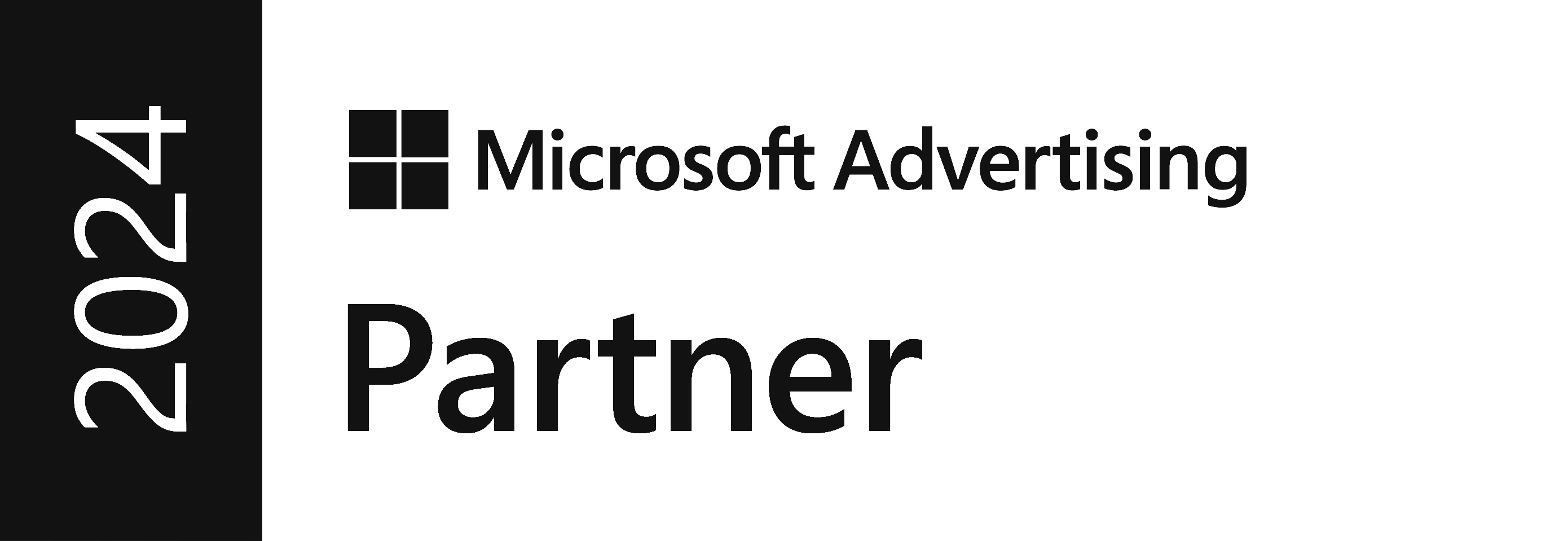Website migration is a transformative process that, if not executed with precision and care, can lead to unforeseen disasters.
Whether you're changing your domain, server, design, structure, or content, a successful migration requires meticulous planning, thorough testing, and vigilant monitoring.
So, before we get into this guide, you may want to take a look at our other blog, ‘What is a Website Migration and Why Do You Need One?’, to make sure that a website migration is what you want, as it is a complicated endeavour.
Right, now that’s been said, let’s get into the good stuff.
Firstly, How Badly Do You Need a Website Migration?
In the ever-evolving landscape of the digital realm, the decision to undergo a website migration is not to be taken lightly.
Whether spurred by the need for improved performance, heightened security measures, or an enhanced user experience, the process of transitioning from one digital state to another is intricate and laden with potential pitfalls.
As businesses and organisations strive to stay ahead in the online sphere, the imperative lies in executing a website migration with finesse, ensuring minimal disruptions to both user engagement and search engine rankings.
To see how important this whole process is, take a look at Thomas Haynes' LinkedIn post, here, which discusses how a business lost £675k worth of revenue, per month, due to a botched website migration. It really is that important.
So, after that unfortunate story, let’s get into the steps required to do it successfully, so that doesn’t happen to your business.
Define Clear Goals and Objectives
Before embarking on a website migration journey, clearly outline your goals and objectives.
Whether you aim to enhance performance, fortify security, or improve the user experience, a well-defined roadmap will guide your decisions and actions throughout the migration process.
Knowing exactly what you’re doing beforehand and having everything planned will make the process run so much smoother.
Budget and Timeline
Establish a realistic budget and timeline for the migration project.
This process takes time, sometimes months, so make sure that you assemble a team of experts that can handle all aspects of the website, whether that is technical, design, marketing, etc.
If you allocate resources judiciously, you’ll ensure a smooth transition that doesn’t compromise on quality.
Pre-Migration Promotion
Inform your existing users, partners, and stakeholders about the upcoming changes.
Build anticipation and excitement around the new website to maintain trust and engagement. Effective communication is key to managing expectations during the migration process, and will help steady any nerves that people in the business may have.
URL Repository and 301 Redirect Map
Compile a comprehensive repository of all website URLs using tools like Google Analytics, Google Search Console, or Bing Webmaster Tools.
Make sure that you develop a meticulous 301 redirect map, starting with the most valuable pages, and ensure that every old URL seamlessly redirects to a relevant new URL, which will help preserve both user experience and search engine rankings.
Plan of Action
Create a detailed website migration plan, documenting each step and action required before, during, and after migration. Collaboration with your design and development team is crucial to ensure the new website is responsive, fast, secure, and SEO-friendly.
Technical SEO Optimisation
Prepare your website for optimal search engine performance by focusing on technical SEO elements. Fine-tune keywords, meta tags, headings, images, sitemaps, robots.txt, canonical tags, and schema markup to maintain or enhance your search visibility.
Testing Phase
Run thorough tests in a closed environment to validate that redirects work seamlessly, pages load efficiently, content is displayed correctly, and functionality is preserved. Address any issues or discrepancies discovered during this testing phase and aim to fix them as soon as possible.
Monitoring and Analytics
Implement tools and metrics to monitor traffic, rankings, conversions, and revenue. Define key performance indicators (KPIs) to track the success of your migration. Vigilantly observe these metrics post-migration and be prepared to make adjustments as needed.
Execution
Execute the migration according to the meticulously crafted plan. Ensure you have a backup of your old website to mitigate risks and facilitate a swift recovery in case of unexpected issues.
The Upsides of a Website Migration
A successful website migration can be a game-changer for businesses, offering a range of benefits such as:
Improved Web Design, Security, Functionality, and User Experience: Upgrading these aspects can enhance the overall look, safety, functionality, and satisfaction for users.
Enhanced SEO Performance and Visibility: A well-executed migration can boost the website's performance in search engine rankings, increasing its online visibility.
Increased Traffic, Conversions, and Revenue from Organic Search: A successful migration often results in improved organic search rankings, leading to higher website traffic, increased conversions, and ultimately, a positive impact on revenue.
Leveraging New Opportunities for Growth and Innovation: The migration process provides a chance to explore and implement new strategies, fostering growth and innovation for the business.
The Downsides of a Website Migration
While the advantages are substantial, as mentioned previously, it's crucial to be aware of the potential risks and challenges associated with a website migration:
Risk of Losing Traffic and Rankings: Changes in technical aspects, content, or domain authority may lead to a loss of traffic and rankings.
Possibility of Downtime, Errors, or Broken Links: The migration process can be fraught with challenges such as downtime, errors, or broken links, impacting the user experience.
Compatibility, Performance, or Security Problems: The shift to a new platform or domain may introduce compatibility issues, performance bottlenecks, or security vulnerabilities that need to be addressed.
But you shouldn’t have to worry about these issues, because now you have…
The Blueprint for Success
Good segue huh?
As we wrap up this guide on website migration, it's crucial to acknowledge the balancing act this process demands. Think of it as a digital makeover – exciting, but with a touch of caution.
Website migration isn't just about coding and tech stuff; it's a strategy game. The steps we've laid out are your playbook – helping you sidestep potential pitfalls and make this journey as smooth as silk.
However, if you’d still like a bit of extra guidance or help with your website, we offer an array of different strategic, creative and general digital marketing services. Don’t hesitate to get in touch with us, today.
1st Floor, Alphin Brook House,
Alphin Brook Road,
Exeter EX2 8RG
MORE THAN
Digital
Marketing.
View our sustainability page.
PPC for B2B
PPC for Law Firms
PPC for Luxury Ecommerce Brands
PPC for Travel and Tourism
GEO Audit






